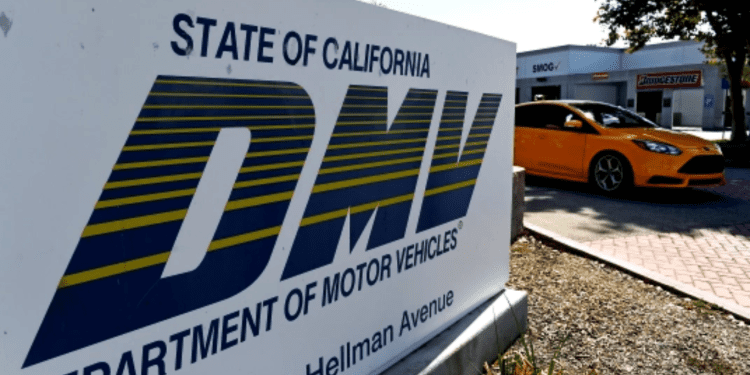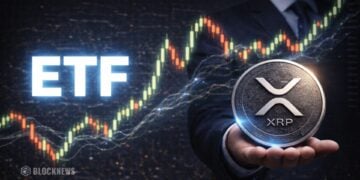- California DMV is partnering with Tezos blockchain to digitize car titles and other vehicle-related records.
- This initiative is in line with California Governor Gavin Newsom’s recent executive order aimed at harmonizing blockchain regulation and spurring innovation in the space.
- The Tezos blockchain will provide a secure, transparent, and tamper-proof way to store and manage these records.
California is making strides toward embracing new technologies, with the Department of Motor Vehicles (DMV) recently announcing its plan to digitize car titles using the Tezos blockchain. The move is part of the state’s broader effort to modernize its systems and enhance its operations while providing a secure and streamlined customer experience.
The Tezos blockchain, a decentralized platform built for applications, has been selected for its robust security features and ability to handle complex transactions. By digitizing car titles, the DMV aims to increase efficiency, reduce fraud and provide greater customer transparency. This will also help to alleviate the issue of lost or damaged car titles, as the digitized version will be easily accessible through a secure online portal.
The announcement of the DMV’s plan to digitize car titles using the Tezos blockchain has been met with positive reactions, with many industry experts expressing their support. Some have praised the DMV’s efforts to modernize its processes, while others have highlighted the potential benefits of the Tezos blockchain, such as increased security and efficiency.
Regulatory Framework for Blockchain and Crypto in California
The DMV’s plan to digitize car titles using the Tezos blockchain is part of California’s broader effort to create a transparent and consistent business environment for companies in the Web3 and crypto space. California Governor Gavin Newsom recently signed an executive order to harmonize a regulatory framework for blockchain between the federal government and the state, spurring innovation in the space.
The California Consumer Financial Protection Law and executive order N-9-22 will provide the state with the necessary framework to achieve its goals. Under the executive order, the California Governor’s Office of Business and Economic Development will coordinate with the Business, Consumer Services and Housing Agency and the Department of Financial Protection and Innovation to get feedback from stakeholders.
The Department of Financial Protection and Innovation will create a regulatory approach to crypto for the state as the Government Operations Agency explores the use cases of blockchain technology for the public. The Governor’s Council for Postsecondary Education will also identify opportunities for research and workforce pipelines.
Governor Newsom emphasized the importance of government keeping up with technological advancements, stating that “Too often government lags behind technological advancements, so we’re getting ahead of the curve on this, laying the foundation to allow for consumers and business to thrive.” He added that the goal is to spur responsible innovation, protect consumers, and leverage technology for the public good.
Tezos: A Leading Blockchain Platform
The Tezos blockchain offers a range of benefits, including immutability, which ensures that once a transaction is recorded, it cannot be altered or deleted. This will provide customers with a secure and tamper-proof record of their vehicle’s title, ensuring they have complete ownership and control of their car at all times. In addition, blockchain technology will enable real-time updates, allowing for a more efficient and seamless process, especially in the case of title transfers or other transactions.
In recent years, blockchain technology has become increasingly popular, with various government agencies and private businesses exploring its potential. The Tezos blockchain has already been utilized in multiple projects, including digital identity solutions, supply chain management, and asset tokenization. These partnerships have made it a trusted platform for government and enterprise use cases.














